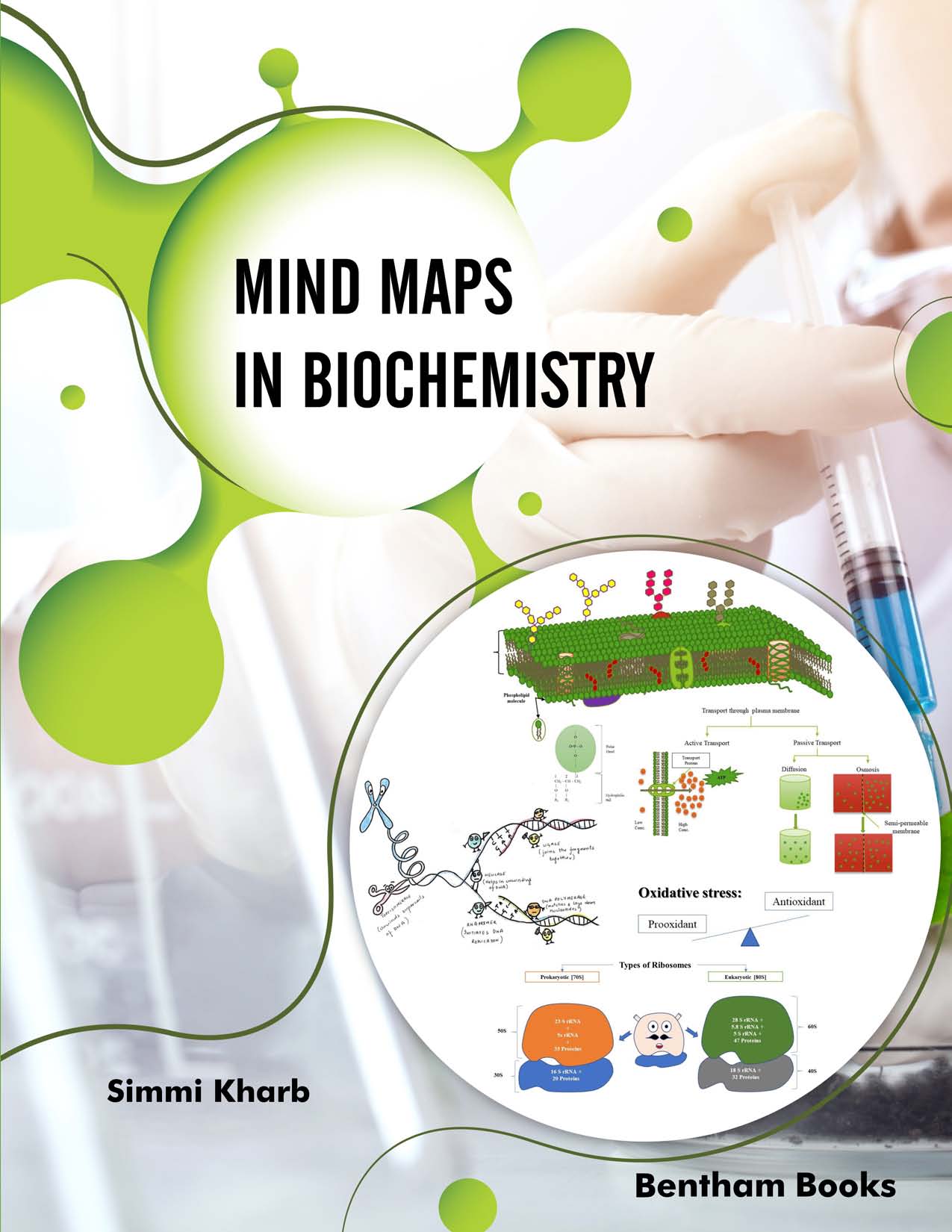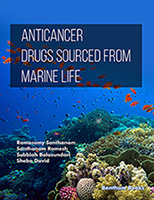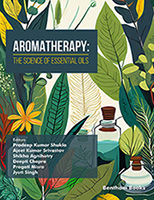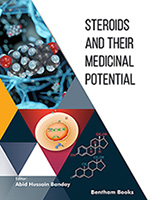Introduction
Mind Maps in Biochemistry presents a series of concept and knowledge maps about biochemical compounds, systems and techniques. The book illustrates the relationships between commonly used terms in the subject to convey the meaning of ideas and concepts that facilitate a basic understanding about the subject for readers.
Chapters of the book cover both basic topics (lipids, carbohydrates, proteins, nucleotides, enzymes, metabolic pathways, nutrition and physiology) as well as applied topics (clinical diagnosis, diseases, genetic engineering and molecular biology).
Key Features
- - Topic-based presentation over 16 chapters
- - Coverage of basic and applied knowledge
- - Detailed tables, flow diagrams and illustrations with functional information about metabolic pathways and related concepts
- - Essay and multiple-choice questions with solutions
- - Exercises for students to construct their own mind maps, designed to improve analytical skills
Mind Maps in Biochemistry is an ideal textbook for quick and easy learning for high school and college level students studying biochemistry as well as teachers instructing courses at these levels.





